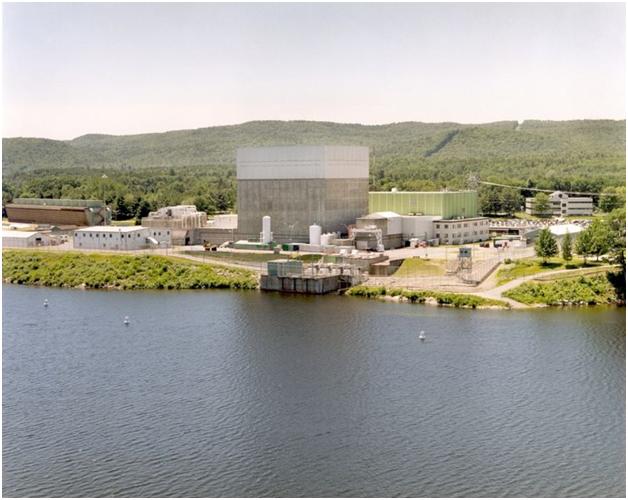The Peach Bottom Atomic Power Station is fifty miles southeast of Harrisburg, Pennsylvania and draws cooling water from the Susquehanna River. Unit One was an experimental reactor that only operated for eight years and was shut down in 1974. Unit Two and Unit Three are General Electric boiling water reactors rated at one thousand two hundred megawatts each. The Philadelphia Electric Company built and put the two units into operating in 1973 and 1974. Unit Two was licensed until 2003 and had the license renewed in 2003 for an additional twenty years until 2033. Unit Three was licensed until 2004 and had the license renewed in 2004 for an additional twenty years until 2034. The Philadelphia Electric Company eventually became Exelon.
The population in the plume exposure pathway zone with a radius of ten miles around the plant contains about forty seven thousand people. The ingestion pathway zone with a radius of fifty miles around the plant contains about five and a half million people. The estimated risk of an earthquake that could damage the plant is moderate.
In 1987, the NRC ordered the shutdown of Unit Two and Unit Three because of “operator misconduct, corporate malfeasance and blatant disregard for the health and safety of the area.” The NRC reported that security guards were overworked and that one guard had been found sleeping on duty. Thirty six thousand gallons of mildly radioactive water were leaked into the Susquehanna river. The operators claimed to have mislaid data on radioactive waste classification which resulted in the shipment of radioactive waste assigned to the wrong category. There was a major fire in March 0f 1987 in Unit Three. In May of 2000, a valve failed which caused a leak of contaminated coolant outside of primary containment. The valve was not replaced and another leak occurred in August of 2000 resulting in a shutdown of the reactor. In 2007, a former employee at Peach Bottom videotaped guards sleeping while on duty. There were also reports of workers slowed down the testing of reactor control rods in order to evade NRC regulations which would have required a shut down. It was found later that the NRC knew about the deception but failed to deal with it in a proper and timely manner.
In the case of Peach Bottom, we have major leaks of radioactive water into the environment, breakdown of equipment that was not repaired after it had been found, staff sleeping on duty, dishonesty on the part of the operator to avoid shutdowns, misclassification of nuclear waste that may have posed a public health problem and incompetence on the part of the NRC in holding the operators to account for blatant disregard of regulations.

